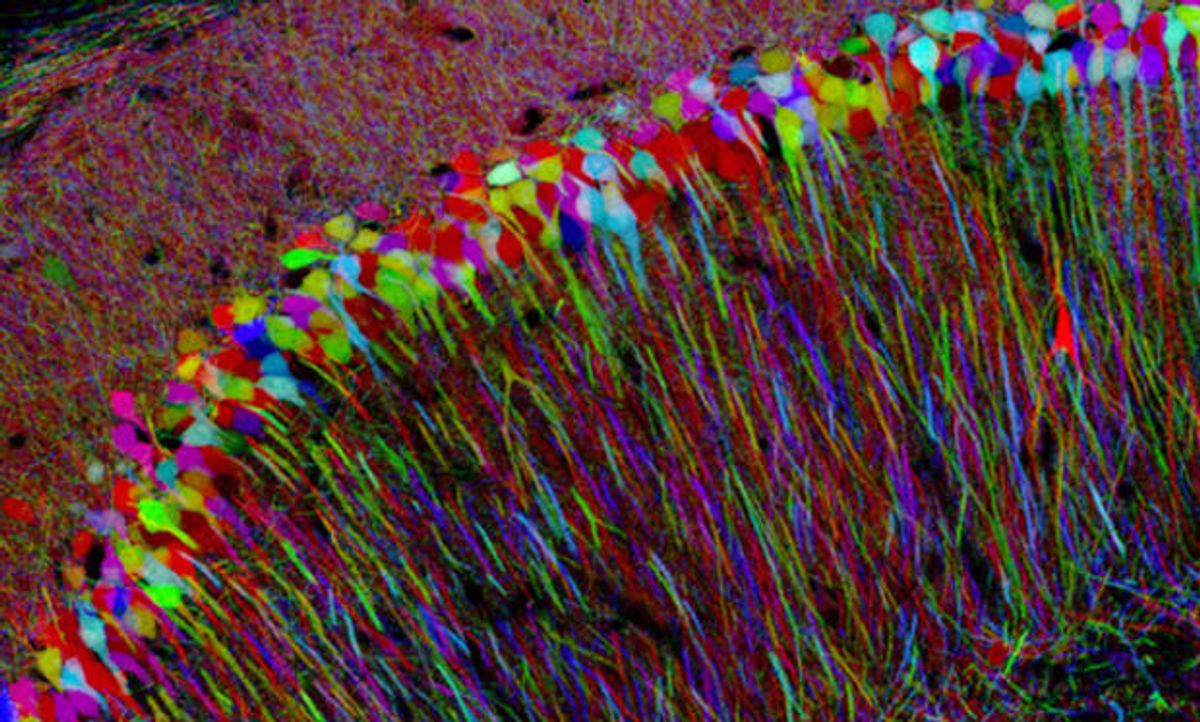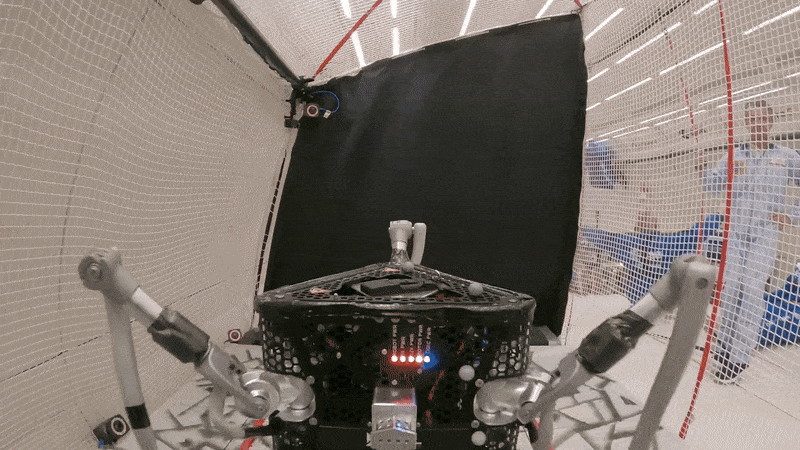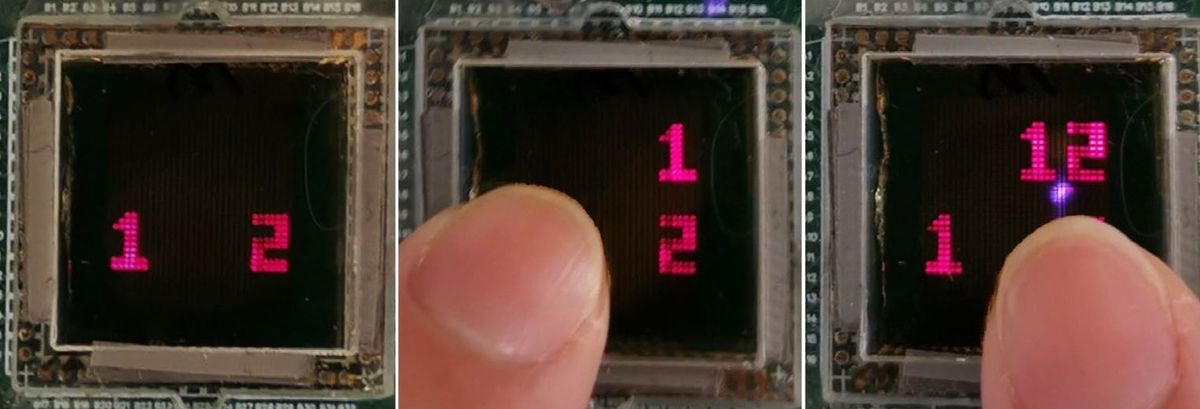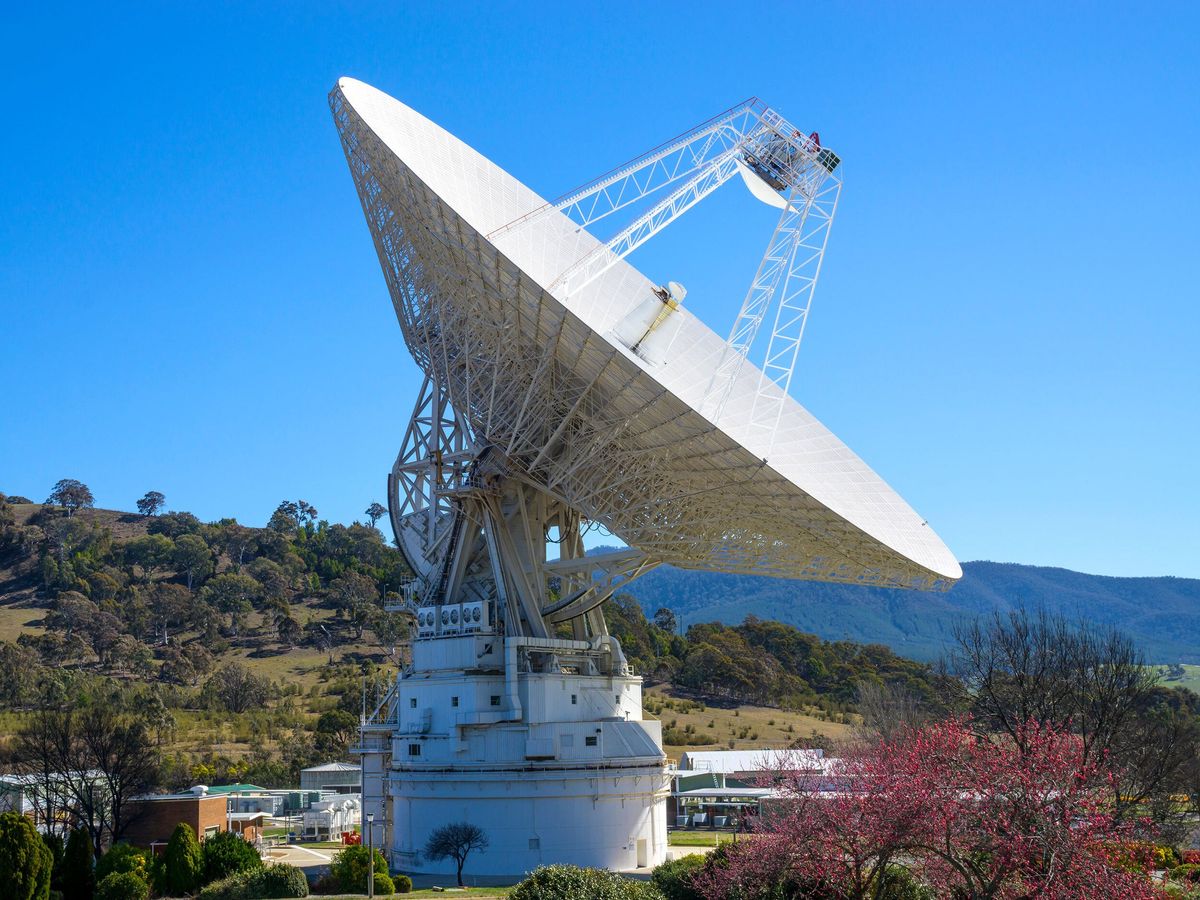On Tuesday, after weeks of buzz in the neuroscience community, President Obama announced the BRAIN Initiative to map activity and connections within the brain. Obama's 2014 budget proposal will include $100 million to jumpstart this "big science" initiative, which builds on researchers' interest in understanding the neural circuits that are activated when we perceive, think, and act.
Though the U.S. government is already funding a similar $40-million venture called the Human Connectome Project, even the HCP scientists say the new program can fill gaps in current research.
In his announcement, Obama compared the neuroscience initiative to the Human Genome Project that finished sequencing the entire human genome a decade ago this month. However, unless there are stunning and unanticipated breakthroughs in brain imaging over the next few years, the BRAIN Initiative won't result in a comprehensive map of the roughly 86 billion neurons in the human brain and the trillions of connections between them. In fact, its results may primarily illuminate the brains of fruit flies and zebrafish.
BRAIN, the acronym, stands for Brain Research through Advancing Innovative Neurotechnologies; the name is fitting, say researchers, because the effort's real focus may be on developing new imaging tools that let scientists look at the brain in new ways.
Images: J. Lichtman for the Center for Brain Science at Harvard University; David Van Essen for the WU-Minn HCP Consortium
Eliza Strickland is a senior editor at IEEE Spectrum, where she covers AI, biomedical engineering, and other topics. She holds a master’s degree in journalism from Columbia University.




